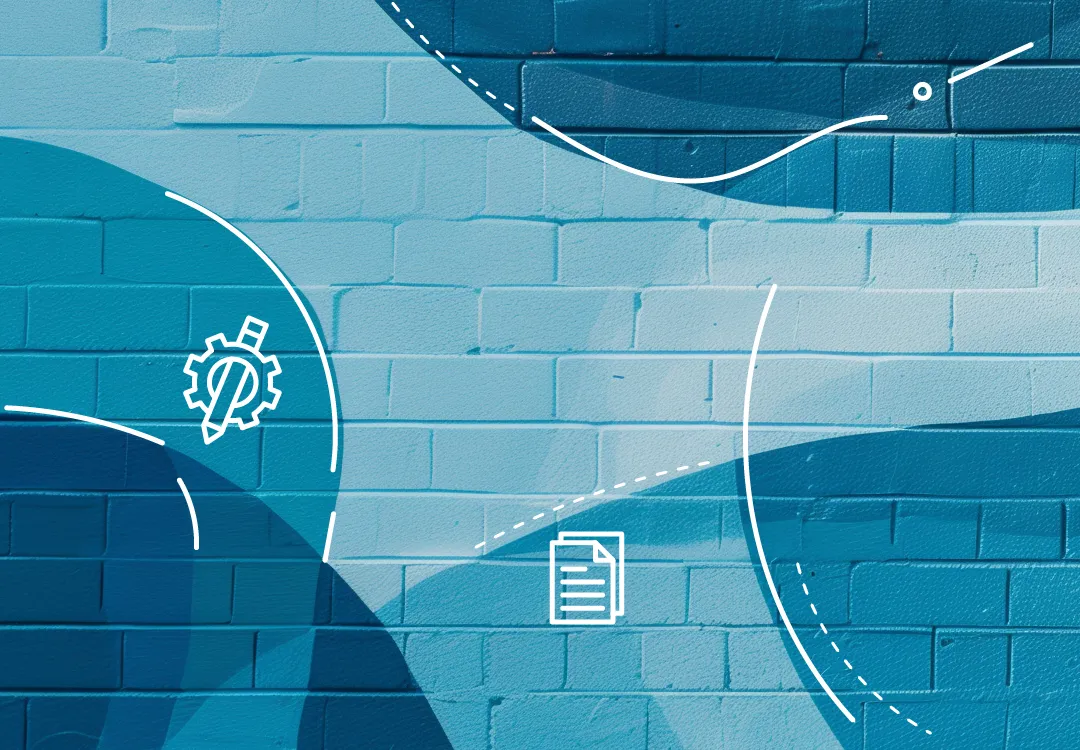
It’s no easy task to deliver the highest quality services for taxpayers when there are chronic issues facing the federal government. From tight budgets to multiple crises like the pandemic and natural disasters, agencies are perpetually under pressure to do more with less.
Making matters worse, citizen satisfaction with U.S. Federal Government services continues to fall. In 2020, satisfaction fell 4.4 percent to 65.1 according to the American Customer Satisfaction Index. This is the third consecutive year that saw citizen satisfaction decline, with the federal government scoring at its lowest level since 2015.
Certainly, improvements have been made by deploying technology solutions and improving management processes. But there’s one area that needs attention across agencies that could vastly improve customer satisfaction—the employee experience (EX) for the federal workforce.
When federal agency leaders fail to focus on the employee experience, it leads to downstream negative effects on citizens. The federal worker who doesn’t feel valued and is unhappy isn’t likely to be motivated to help someone navigate complicated problems with their Social Security and Medicare benefits.
There is a major disconnect between how much importance agencies and their employees place on the employee experience

of U.S. federal workers believe that the employee experience at their agency directly impacts their ability to serve citizens.

say that their agency places importance on employee experience and satisfaction.
Only about half (53 percent) of federal employees report being very satisfied with their overall experience working at their agency.
And federal employees who say they are dissatisfied with their overall experience at work are much more likely to say that their feelings about their day-to-day work experience negatively impact their willingness to help others.
Even among agencies that have made substantial technology investments to improve the customer experience, it will never be enough if there isn’t a substantial focus on improving the employee experience. Technology can never replace the human interaction that lies at the heart of a citizen’s experience with government. And that human touch is all the more important as citizens are battered from COVID-19, another economic crisis, gun violence, earthquakes, fires, and hurricanes. Given the scope of challenges facing the U.S., citizens likely need an even higher degree of caring and support from engaged federal employees to help solve their problems.
It can seem overwhelming for agency leaders grappling with immense pressure to transform the employee experience, especially at a time with low morale across the federal government. But, there are pragmatic steps leaders can take within their agencies to strengthen the federal workforce employee experience, which will ultimately lead to better customer service outcomes.

Involve employees in shaping your customer experience strategy. Ask your employees their views about all interactions within their agency and externally with citizens. This will shed light on the precise challenges, motivations, and opportunities to improve the employee experience. Engaging a diverse cross section of employees will not only identify gaps, it can engage employee ideas on potential remedies.
This is also an opportunity to gain employee insight on all touch points across the employee experience with a customer focus. Do those customer touch points trigger employee distress or require more support? Do employees need their roles more clearly defined? Do they have the right technology and training to serve customers? Are they surrounded by high-functioning teams? The answers to these questions can help drive your employee experience strategy.

Ensure ALL employees know what they do has a meaningful impact on citizen outcomes. Nearly all federal employees (97%) in the Eagle Hill Federal Employee Experience Survey said they are dedicated to achieving their agency’s mission. In fact, a majority of federal employees (59%) rank purposeful work (passion for mission) among the top two factors impacting their day-to-day work experience. As such, it’s critical that all employees—especially those who are not customer facing—know in concrete terms that their work matters. Agencies should link all employee roles to citizen impact. For example, an employee responsible for HR programs supports employee growth and motivation, which ultimately affects their ability to serve citizens better. An employee in IT creates and implements technologies that make a difference in how effective their colleagues can be in serving citizens.

Establish what the agency’s customer experience vision looks like in action. Without agency guidance, few employees make the explicit connection between customer experience vision statements (aspirational end states) and the tactical actions and behaviors they can take to contribute. Break down the vision statement into the specific values all employees should hold to create an exceptional customer experience and corresponding actions and sample behaviors. Getting all employees on the same page about what the customer vision looks like in practice is the starting point of individual and team accountability.

Tie employee metrics to customer metrics. Pulse surveys, biannual surveys, and regular feedback sessions with employees can all help organizations better understand and empathize with the employee viewpoint. Agencies should begin with an assessment to get a baseline of employee attitudes, followed by an ongoing feedback loop that directs future adjustments in strategy. And as agencies review their employee data, they should then analyze key customer experience/employee experience performance indicators side by side in a joint dashboard. Shifts on the employee experience side (such as employee satisfaction and turnover) often act as leading indicators for performance on the customer experience side (such as customer satisfaction).
Ultimately, happy and engaged employees result in satisfied customers. The path forward for leaders is to understand the links and nuances between employee satisfaction and customer outcomes within their agency, then consistently take steps in the right direction.

